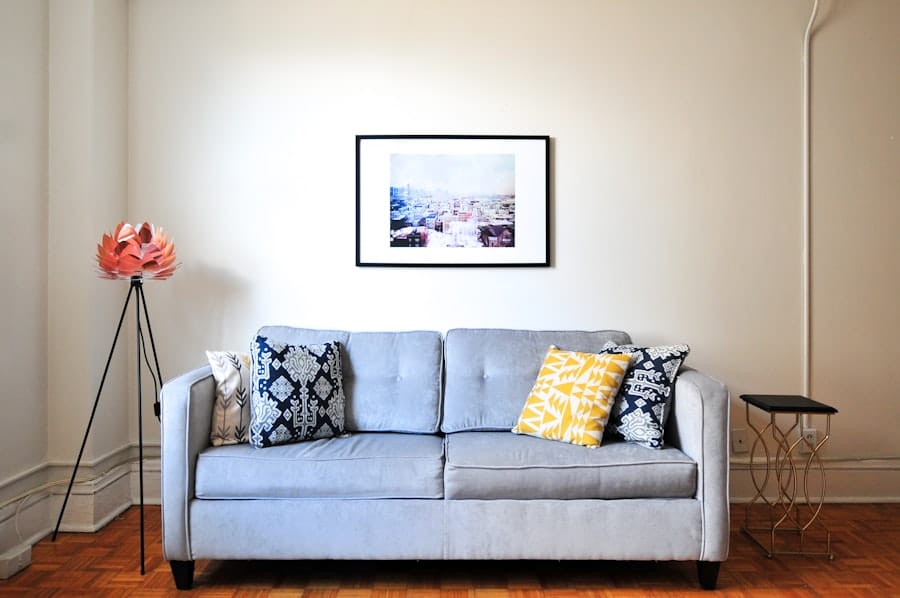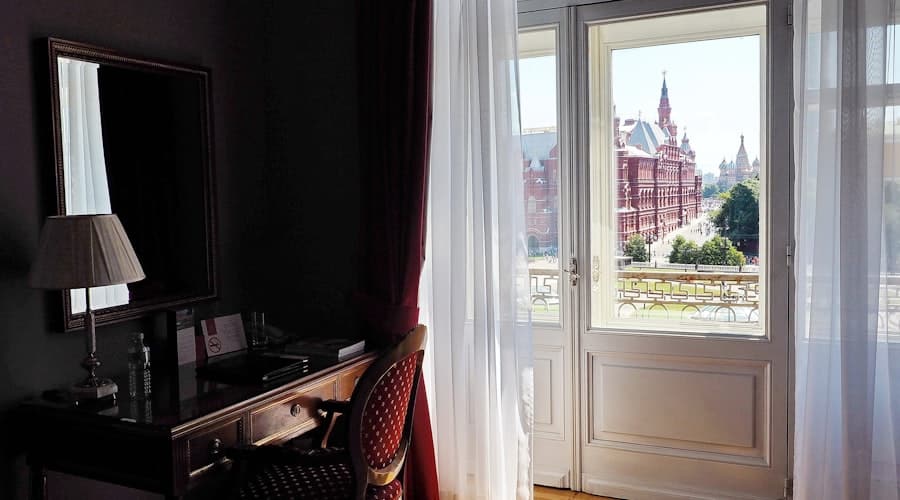Augmented Reality (AR) and Virtual Reality (VR) have emerged as transformative technologies in various sectors, and the fashion industry is no exception. These immersive technologies are reshaping how consumers interact with fashion brands, offering innovative ways to experience clothing and accessories. AR overlays digital information onto the real world, allowing users to visualize products in their environment, while VR creates entirely immersive environments that can transport users to virtual fashion worlds.
The convergence of these technologies with digital fashion is not merely a trend; it represents a fundamental shift in how fashion is designed, marketed, and consumed. The integration of AR and VR into digital fashion is driven by the need for brands to engage consumers in more meaningful ways. As the digital landscape evolves, traditional shopping experiences are being redefined.
Consumers are increasingly seeking interactive and personalized experiences that resonate with their lifestyles. This demand has prompted fashion brands to explore AR and VR as tools for enhancing customer engagement, creating unique marketing strategies, and ultimately driving sales. The potential of these technologies extends beyond mere novelty; they offer practical solutions to some of the industry’s most pressing challenges, including sustainability, inventory management, and consumer satisfaction.
Key Takeaways
- AR and VR are revolutionizing the fashion industry by offering immersive and interactive experiences for consumers.
- The impact of AR and VR in fashion includes enhanced customer engagement, increased sales, and improved brand loyalty.
- AR and VR technology are enhancing the shopping experience by allowing customers to virtually try on clothes and accessories.
- Virtual fashion shows and runway experiences are becoming more popular, offering a new way for designers to showcase their collections.
- Customization and personalization in digital fashion are being taken to the next level with AR and VR, allowing for unique and tailored experiences for consumers.
The Impact of AR and VR on the Fashion Industry
The impact of AR and VR on the fashion industry is profound, influencing everything from design processes to consumer behavior. One of the most significant changes is the way designers conceptualize and create collections. With VR, designers can visualize their creations in a three-dimensional space, allowing for more intricate designs and faster prototyping.
This capability not only accelerates the design process but also reduces waste associated with physical samples. Brands like Balenciaga have begun utilizing VR technology to create virtual showrooms where designers can experiment with different styles and materials without the constraints of physical limitations. Moreover, AR has revolutionized how consumers interact with fashion products.
Virtual fitting rooms powered by AR technology allow customers to try on clothes virtually, eliminating the need for physical fitting rooms and reducing return rates. For instance, companies like Zara and ASOS have implemented AR features in their mobile apps, enabling users to see how garments would look on them before making a purchase. This not only enhances the shopping experience but also fosters a sense of confidence in consumers, as they can visualize how items will fit their unique body shapes.
Enhancing the Shopping Experience with AR and VR
The shopping experience has been significantly enhanced through the integration of AR and VR technologies. Retailers are leveraging these tools to create immersive environments that engage customers on multiple levels. For example, IKEA’s AR app allows users to visualize furniture in their homes before making a purchase, providing a practical application of AR that enhances decision-making.
This approach not only helps consumers envision how products will fit into their lives but also reduces the likelihood of buyer’s remorse. In addition to practical applications, AR and VR also offer opportunities for storytelling within the shopping experience. Brands can create narrative-driven environments that immerse consumers in their brand ethos.
For instance, Gucci has experimented with AR filters on social media platforms that allow users to interact with virtual versions of their products while engaging with the brand’s story. This blend of entertainment and commerce creates a more memorable shopping experience, encouraging consumers to form emotional connections with brands.
Virtual Fashion Shows and Runway Experiences
Virtual fashion shows have emerged as a groundbreaking way to showcase collections without the constraints of traditional runway events. The COVID-19 pandemic accelerated this trend, forcing brands to adapt to new realities where physical gatherings were limited. Designers like Balenciaga and Prada have embraced virtual platforms to present their collections in innovative ways that transcend geographical boundaries.
These virtual shows often incorporate stunning visuals, animations, and interactive elements that captivate audiences in ways that traditional shows cannot. The use of VR in fashion shows allows viewers to experience collections from unique perspectives. Attendees can navigate through virtual spaces, exploring garments up close and personal while enjoying a 360-degree view of the presentation.
This level of interactivity not only enhances viewer engagement but also democratizes access to high-fashion events that were previously exclusive to industry insiders. As a result, brands can reach wider audiences and foster a sense of inclusivity within the fashion community.
Customization and Personalization in Digital Fashion with AR and VR
Customization and personalization are at the forefront of consumer expectations in today’s fashion landscape, and AR and VR technologies are facilitating this shift. Brands are increasingly offering consumers the ability to personalize products according to their preferences, creating unique items that reflect individual styles. For instance, Nike’s “Nike By You” platform allows customers to customize sneakers by selecting colors, materials, and even adding personal inscriptions.
This level of personalization fosters a deeper connection between consumers and brands, as customers feel a sense of ownership over their purchases. AR technology plays a crucial role in this customization process by enabling users to visualize their personalized designs in real-time. Imagine a customer using an AR app to see how different color combinations would look on a jacket before finalizing their order.
This interactive experience not only enhances customer satisfaction but also reduces the likelihood of returns due to dissatisfaction with the final product. As brands continue to explore these possibilities, the line between consumer and creator blurs, leading to a more collaborative approach to fashion design.
Collaborations and Partnerships in AR and VR Fashion
Collaborations between fashion brands and technology companies are driving innovation in AR and VR applications within the industry. These partnerships leverage expertise from both fields to create cutting-edge experiences that captivate consumers. For example, luxury brand Dior collaborated with Snapchat to launch an AR filter that allowed users to virtually try on sunglasses from their latest collection.
This partnership not only showcased Dior’s commitment to embracing technology but also tapped into Snapchat’s vast user base, reaching a younger audience eager for interactive experiences. Additionally, collaborations extend beyond traditional fashion houses; emerging designers are also harnessing AR and VR technologies to make their mark in the industry. Startups like The Fabricant are pioneering digital-only fashion collections that exist solely in virtual spaces.
By collaborating with tech companies and digital artists, they are redefining what it means to be a fashion designer in the digital age. These partnerships highlight the potential for innovation when diverse skill sets come together, ultimately pushing the boundaries of what is possible in digital fashion.
Sustainability and Ethical Practices in Digital Fashion with AR and VR
Sustainability has become a critical concern within the fashion industry, prompting brands to seek innovative solutions that minimize environmental impact. AR and VR technologies offer promising avenues for promoting sustainable practices by reducing waste associated with traditional production methods. Virtual prototyping allows designers to create digital samples instead of physical ones, significantly decreasing material consumption.
Brands like Stella McCartney have embraced this approach, utilizing digital tools to create collections that prioritize sustainability without compromising on creativity. Moreover, AR can enhance transparency within supply chains by providing consumers with information about product origins and manufacturing processes. Brands can use AR labels that consumers can scan with their smartphones to access detailed information about how garments were made, including materials used and labor practices involved.
This level of transparency empowers consumers to make informed choices aligned with their values, fostering a culture of ethical consumption within the fashion industry.
The Future of AR and VR in Digital Fashion
As technology continues to evolve, the future of AR and VR in digital fashion holds immense potential for further innovation. One area poised for growth is the integration of artificial intelligence (AI) with AR and VR technologies. AI algorithms can analyze consumer preferences and behaviors, enabling brands to deliver hyper-personalized experiences tailored to individual tastes.
Imagine a virtual stylist powered by AI that curates outfits based on a user’s past purchases and style preferences—this level of personalization could redefine how consumers shop for clothing. Furthermore, as 5G technology becomes more widespread, the capabilities of AR and VR will expand significantly. Faster internet speeds will enable seamless streaming of high-quality virtual experiences without lag or interruptions.
This advancement could lead to more immersive shopping environments where consumers can interact with products in real-time from anywhere in the world. The potential for social shopping experiences—where friends can shop together virtually—also becomes more feasible as these technologies advance. In conclusion, the integration of AR and VR into digital fashion is reshaping the industry landscape by enhancing consumer experiences, promoting sustainability, and fostering innovation through collaborations.
As these technologies continue to evolve, they will undoubtedly play an increasingly vital role in defining the future of fashion.
A related article to How AR and VR Are Expanding Possibilities in Digital Fashion can be found on Recode, a technology news website owned by Vox Media. Recode covers a wide range of topics in the tech sector, including the latest advancements in augmented and virtual reality technology.
FAQs
What is AR and VR in the context of digital fashion?
AR (Augmented Reality) and VR (Virtual Reality) are technologies that overlay digital information onto the real world (AR) or create immersive, computer-generated environments (VR). In the context of digital fashion, these technologies are being used to enhance the shopping experience, create virtual fashion shows, and allow customers to try on clothing and accessories virtually.
How are AR and VR expanding possibilities in digital fashion?
AR and VR are expanding possibilities in digital fashion by allowing brands to create interactive and immersive experiences for their customers. This includes virtual try-on experiences, virtual fashion shows, and the ability to customize and personalize products in a virtual environment.
What are some examples of how AR and VR are being used in digital fashion?
Some examples of how AR and VR are being used in digital fashion include virtual fitting rooms that allow customers to try on clothing and accessories without physically being in a store, virtual fashion shows that can be experienced from anywhere in the world, and the ability to customize and personalize products in a virtual environment.
What are the benefits of using AR and VR in digital fashion?
The benefits of using AR and VR in digital fashion include enhanced customer engagement, the ability to reach a wider audience through virtual experiences, and the potential to reduce the need for physical inventory and traditional retail spaces. These technologies also allow for more personalized and interactive shopping experiences.



